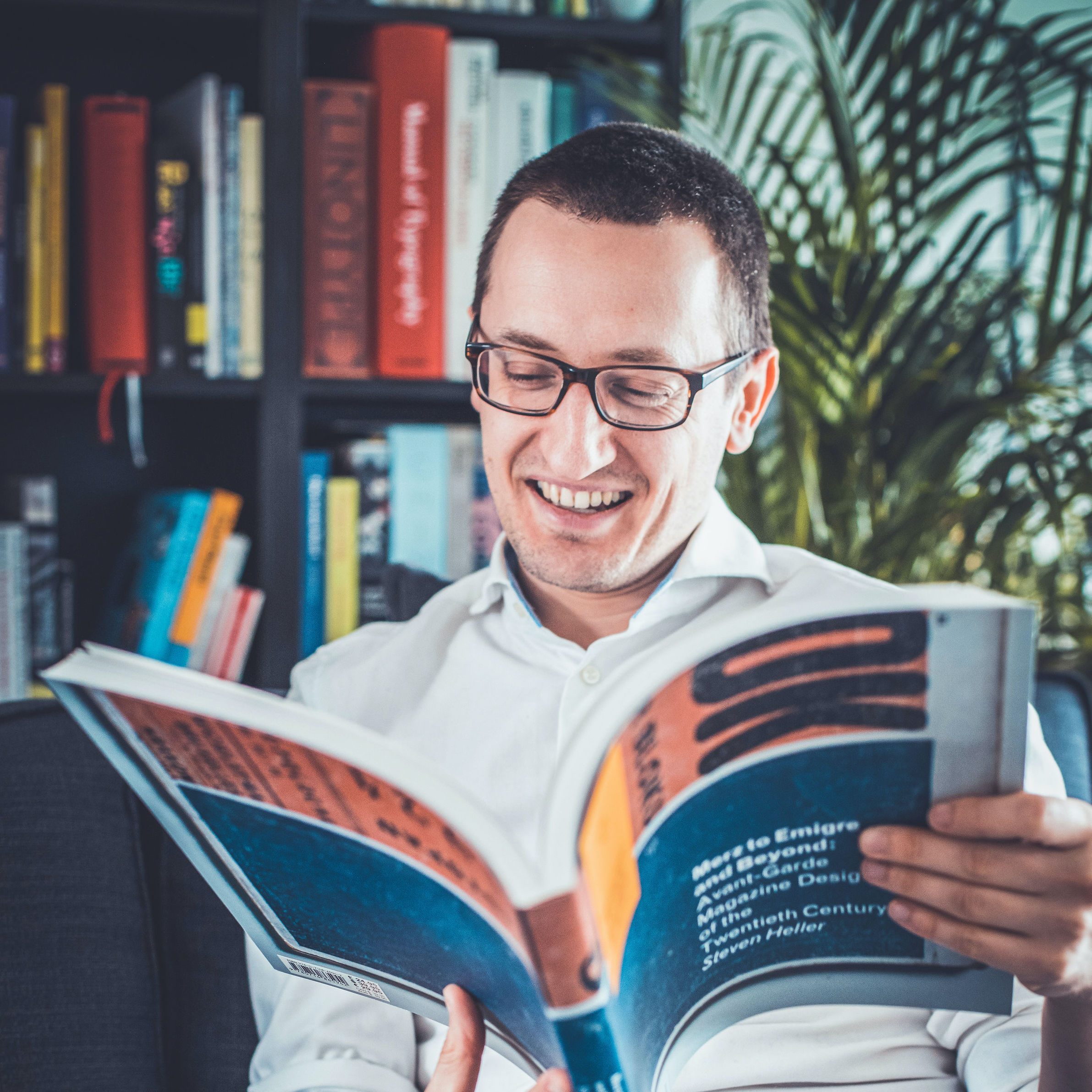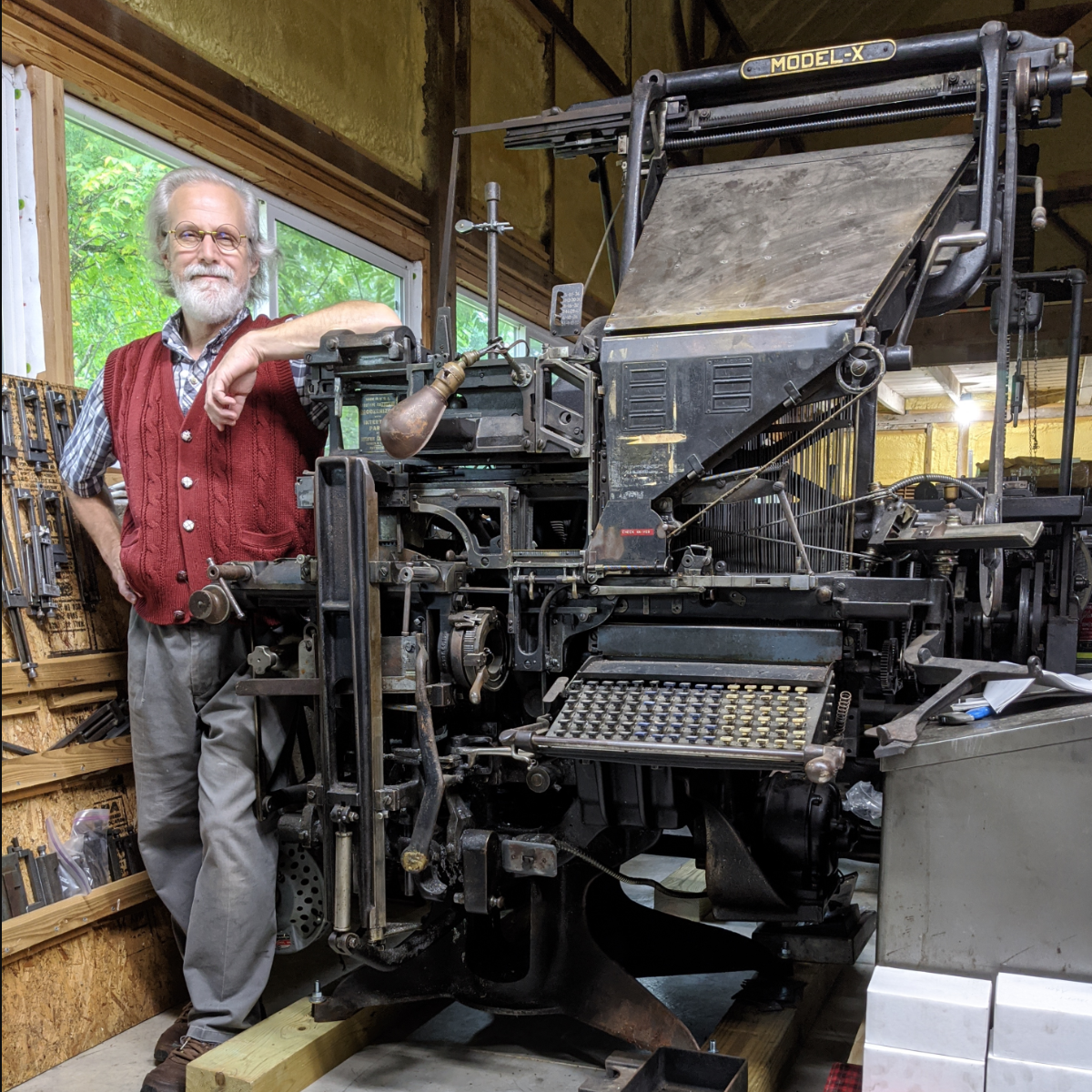Linotype.wiki collects as much information as possible about mechanical typesetting machines. The mechanical typesetting machines have been in use since the end of the 19th century till the end of the 20th century and form an important part of the printing history. They also form an important part in human development because they allowed to produce more texts in a faster way. However, of the people who actually worked on those machines, fewer and fewer are still alive today. For that reason, we document everything possible about those machines.
Linotype.wiki is destined for everyone, providing technical information in a manner accessible to everyone. This way, a new audience can easily understand what those machines are about, how to operate and maintain them.
We are always looking for more documentation, texts, photos,… If you are interested in collaborating on the Linotype.wiki project, please send an email to info@maartenrenckens.com?subject=Linotype.wiki question.
Maarten Renckens is a multidisciplinary person with several affinities ranging from architecture to graphic design, product design and music (carillon). Yet there is a recurring theme: a fascination with "how things work". That is why he developed an interest for mechanical typesetting when studying graphic design. These machines combine typography and technology in a very complicated way—a way that not many people remember.
Maarten set out to unravel the history of the typesetting machines and their history, gathering and publicly making available as much knowledge als possible. In his effort to preserve the knowledge about the machine, he also produces new matrices for those machines, so they can keep running.

Dr. MacMillan retired from a career in computer programming and technical writing, to study the machinery which made metal printing type. For most of his life he worked halfway between art and technology. In the type matrix he found the most concise expression of this: "without art it is not worth doing; without technology it cannot be done at all".
Dr. MacMillan deemed the literature of typemaking deeply flawed. Traditionally, most mechanics didn't write and most writers didn't get their hands dirty. That is why Dr. MacMillan attempts to rectify this by fact-checking his own work, using his large collection of type machinery as a cast iron reference library.

Text coming soon.

Achilles Tzallas for providing valuable information.
The texts about the Typograph are partly documented and illustrated during a local meeting in the Press Museum Fjeld-Ljom in April 2024, part of Røros Museum, organized by the friends association of the Press Museum Fjeld-Ljom (Pressemuseet Fjeld-Ljoms Venner) in Røros, Norway.
Part of the documentation on this website is collected during the Letterpress training Workshops in the Press Museum Fjeld-Ljom (Pressemuseet Fjeld-Ljom), Røros, Norway, and in the Museum für Druckkunst (Press museum), Leipzig, Germany. It was organized as a Joint European letterpress training, funded in 2023 by a Joint Project between the council of EU and the European Commission within the program “World Heritage Days”. They ask to mention that “the views expressed herein can in no way be taken to reflect the official opinion of the European Union or the Council of Europe”.



C 2021-2024 Maarten Renckens and other contributors. All rights reserved. All materials on this website are available for non-commercial re-use, as long as the original author is mentioned and a correct reference to this site is added. Thanks!
All materials are considered copyrighted by the author(s) unless otherwise stated. Some materials from other sources are used. If you find materials on this page which you consider not free from copyright, a notification is appreciated.
All collaborations and additional sources are more than welcome. Please contact info@maartenrenckens.com if you have materials that you deem valuable.